Barns of North Dakota
The barn has been an important part of agriculture and farm life for decades. Farmers threshed grain on barn floors, stored hay in the lofts for feeding livestock, and sheltered animals in the stalls. Many types of barns can be found all over North Dakota. The culture of early immigrants dictated the style and shape of these barns. In addition, these immigrants were dependent upon the materials available to them and the climate found in North Dakota.

(a) Larimore
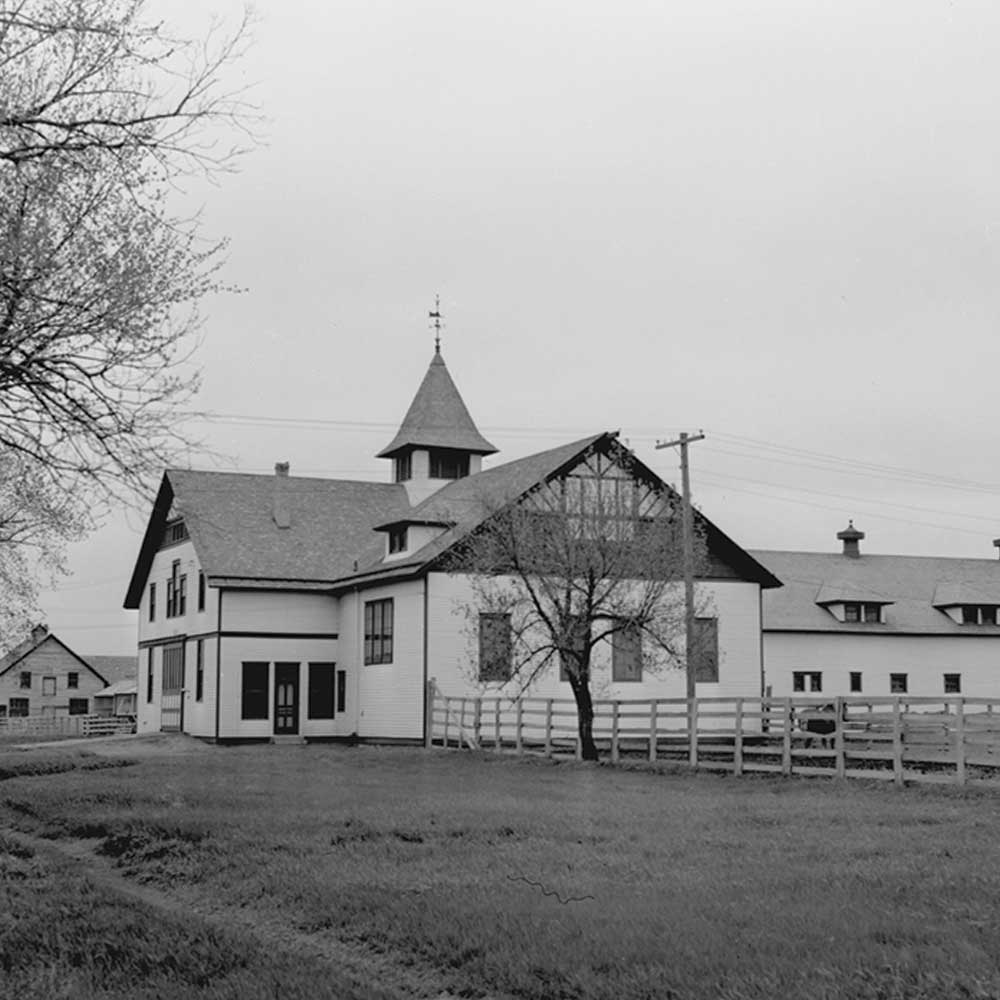
(b) Fargo-NDSU horse barn (no longer there)
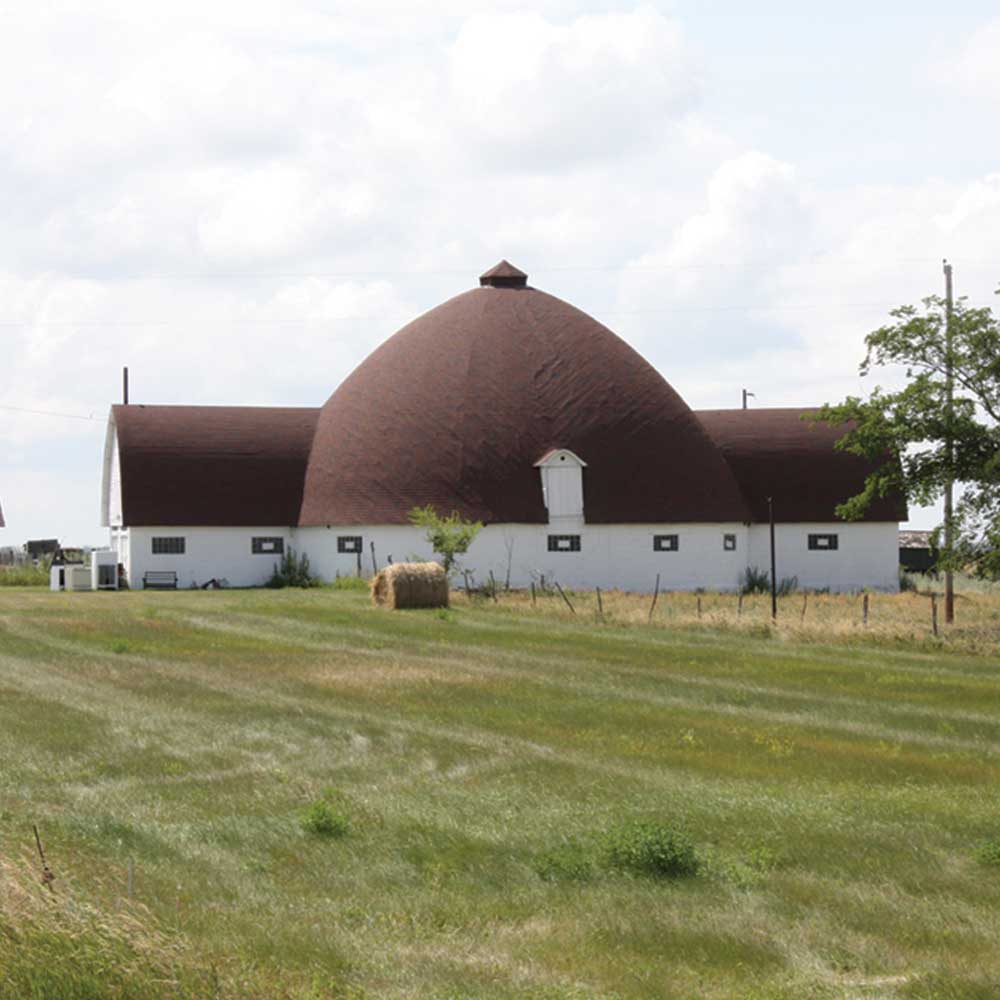
(c) Dunseith
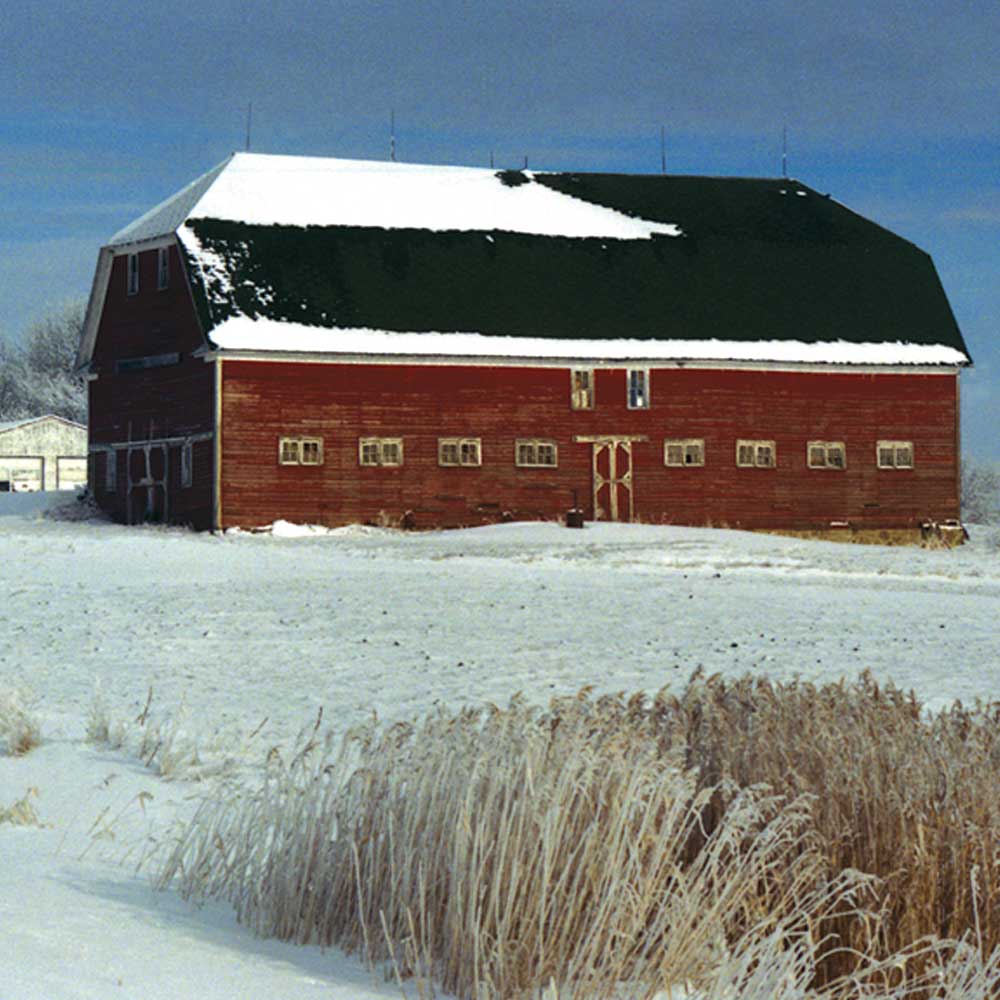
(d) McVille
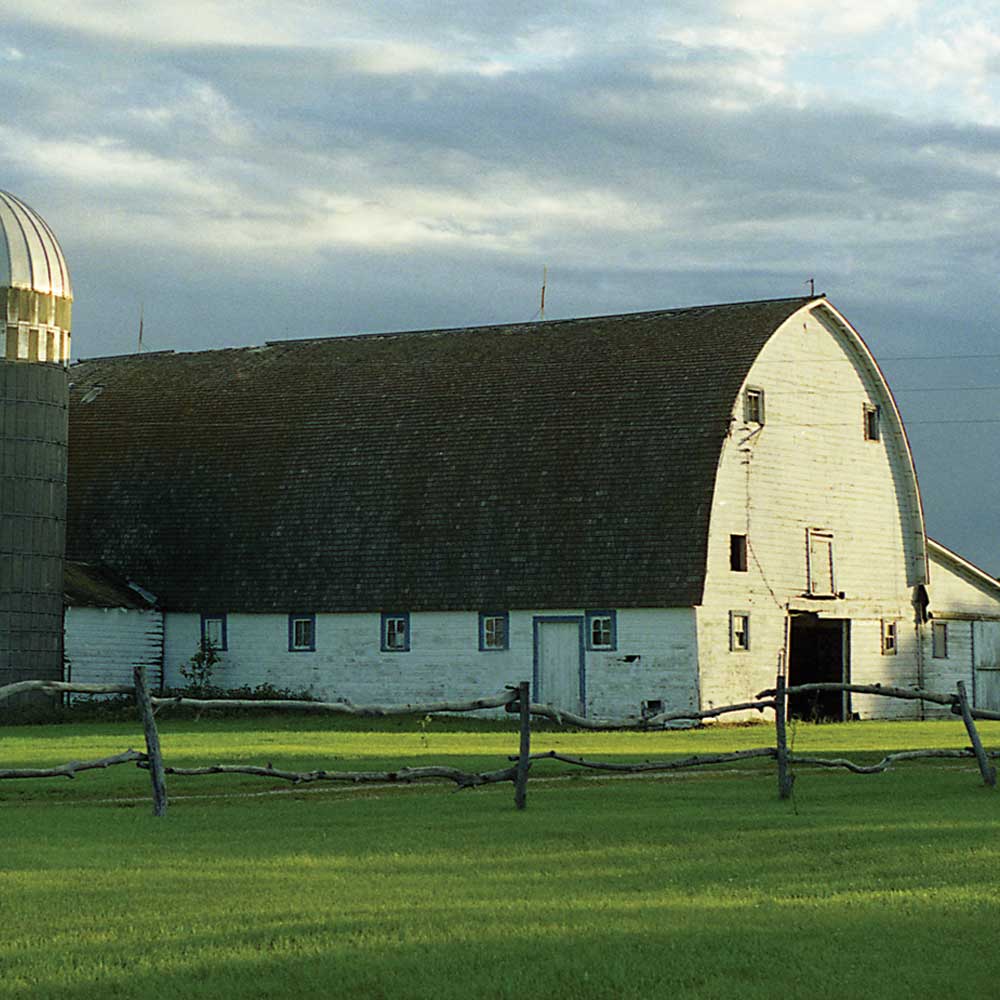
(e) Minnewaukan
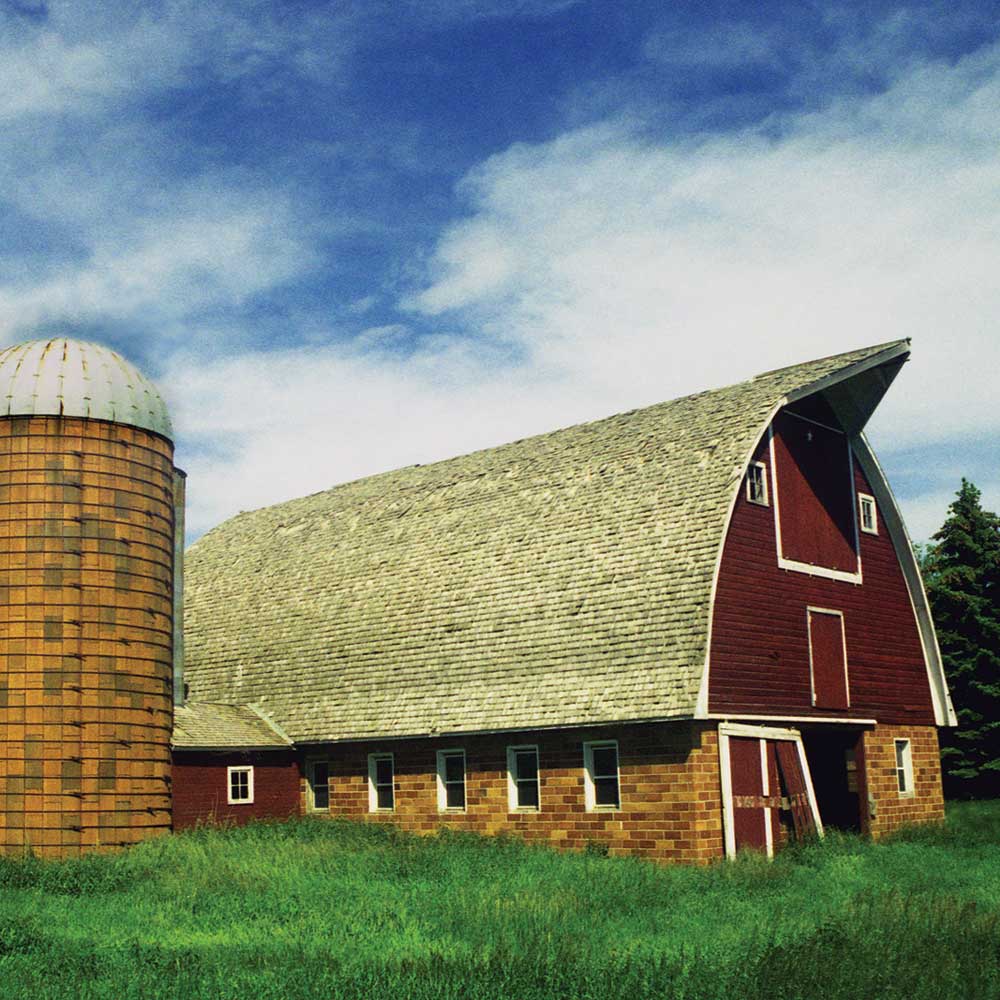
(f) Minot
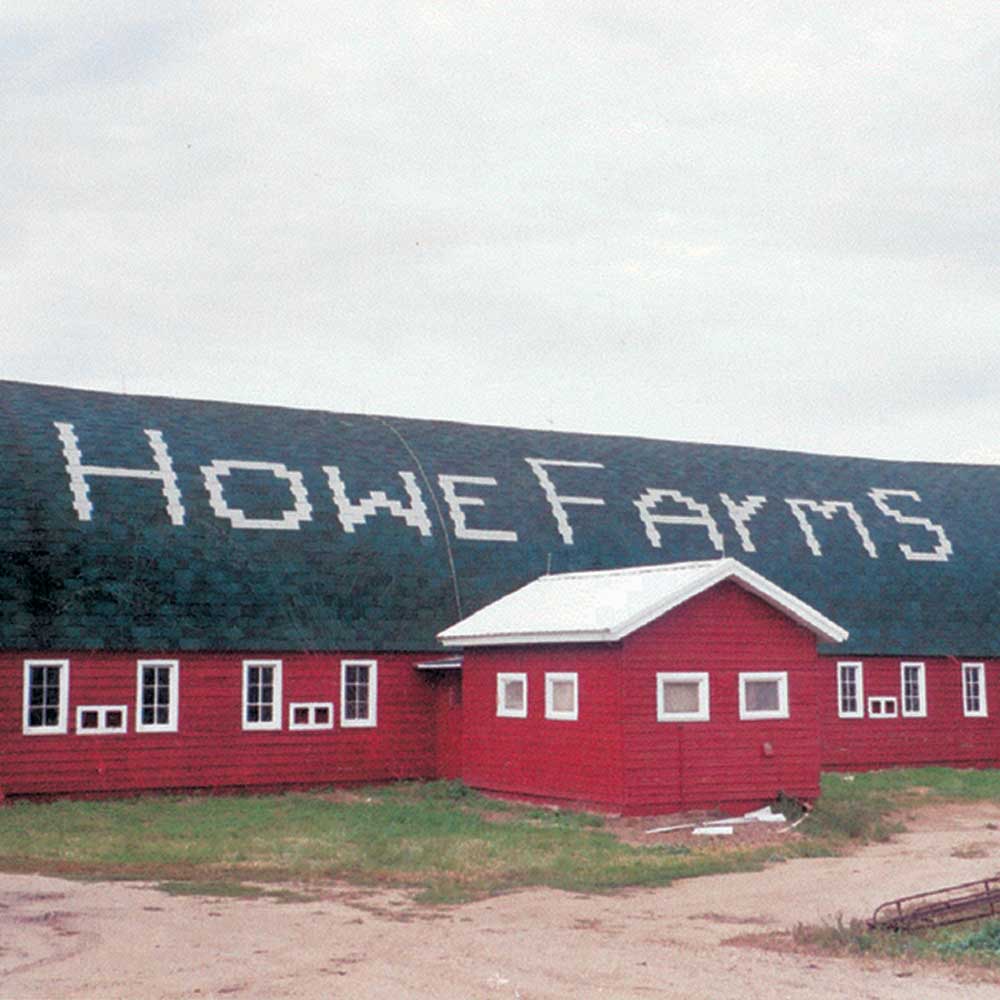
(g) Velva
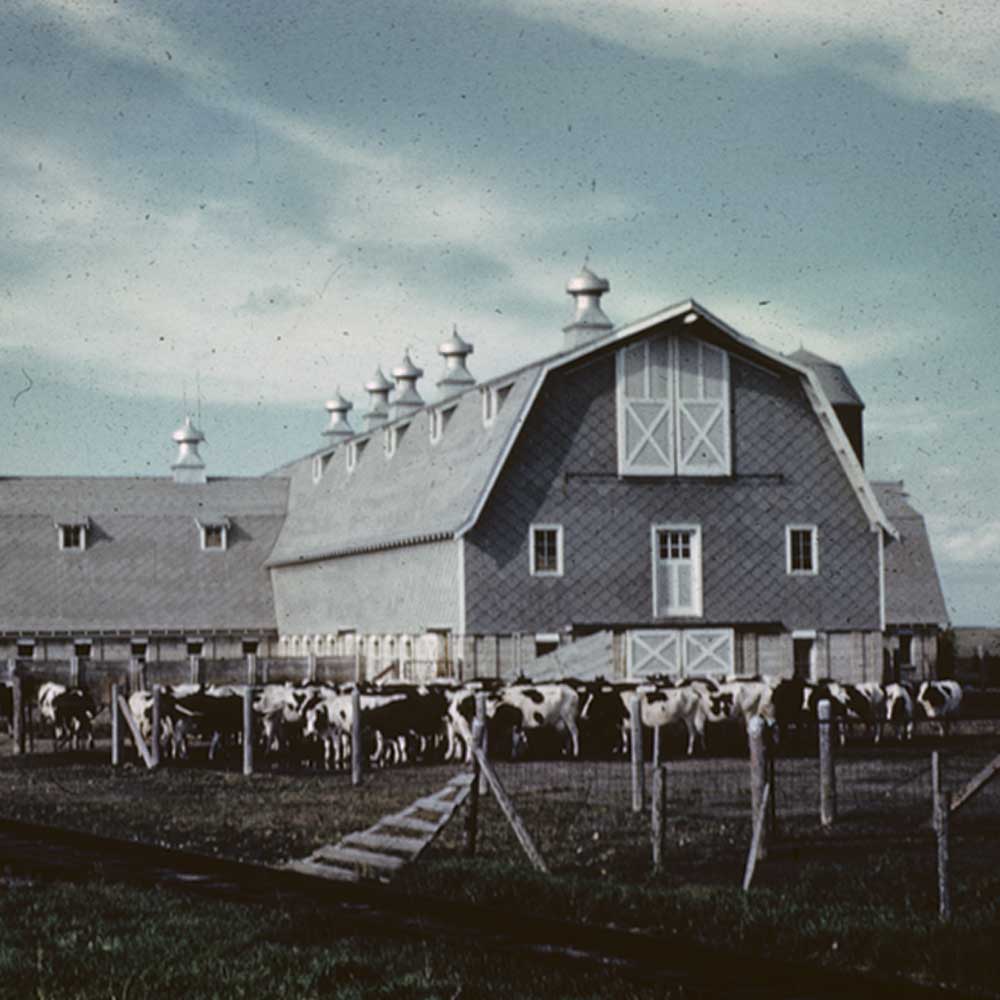
(h) Jamestown-State Hospital (no longer there)
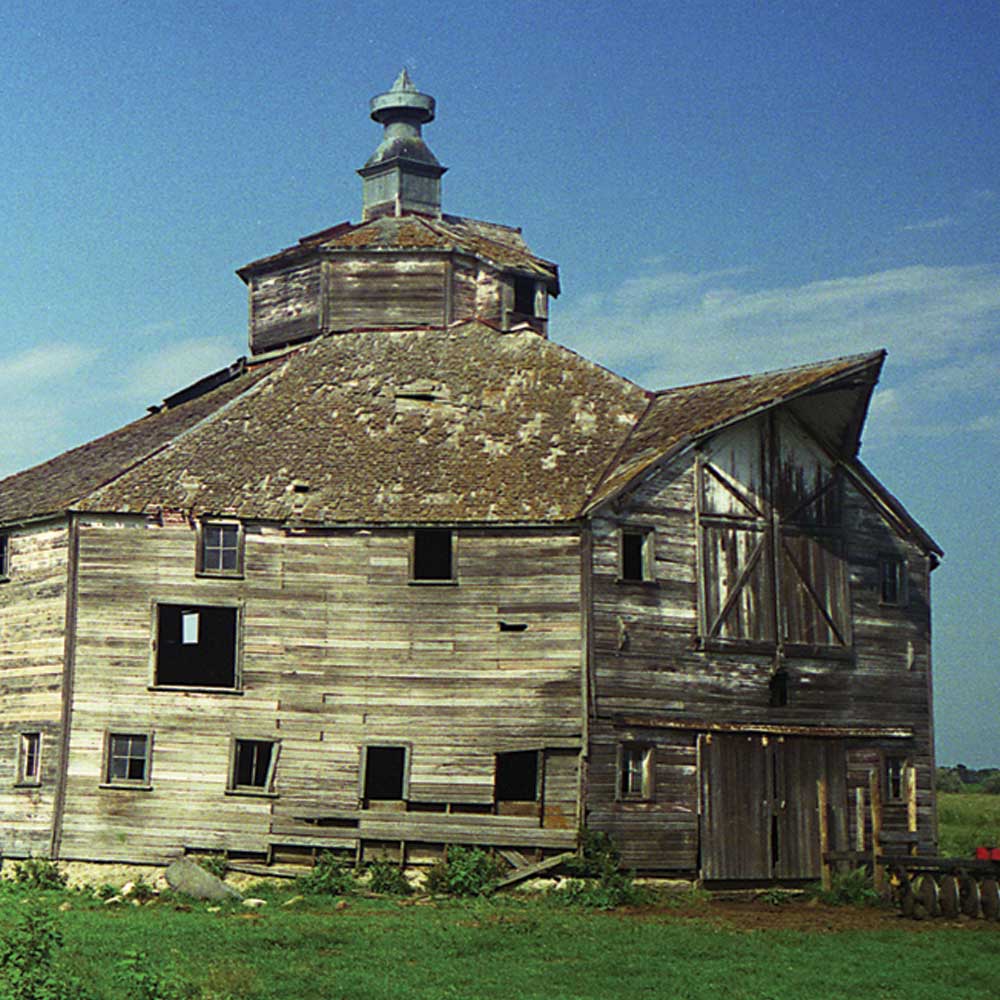
(i) Oakes
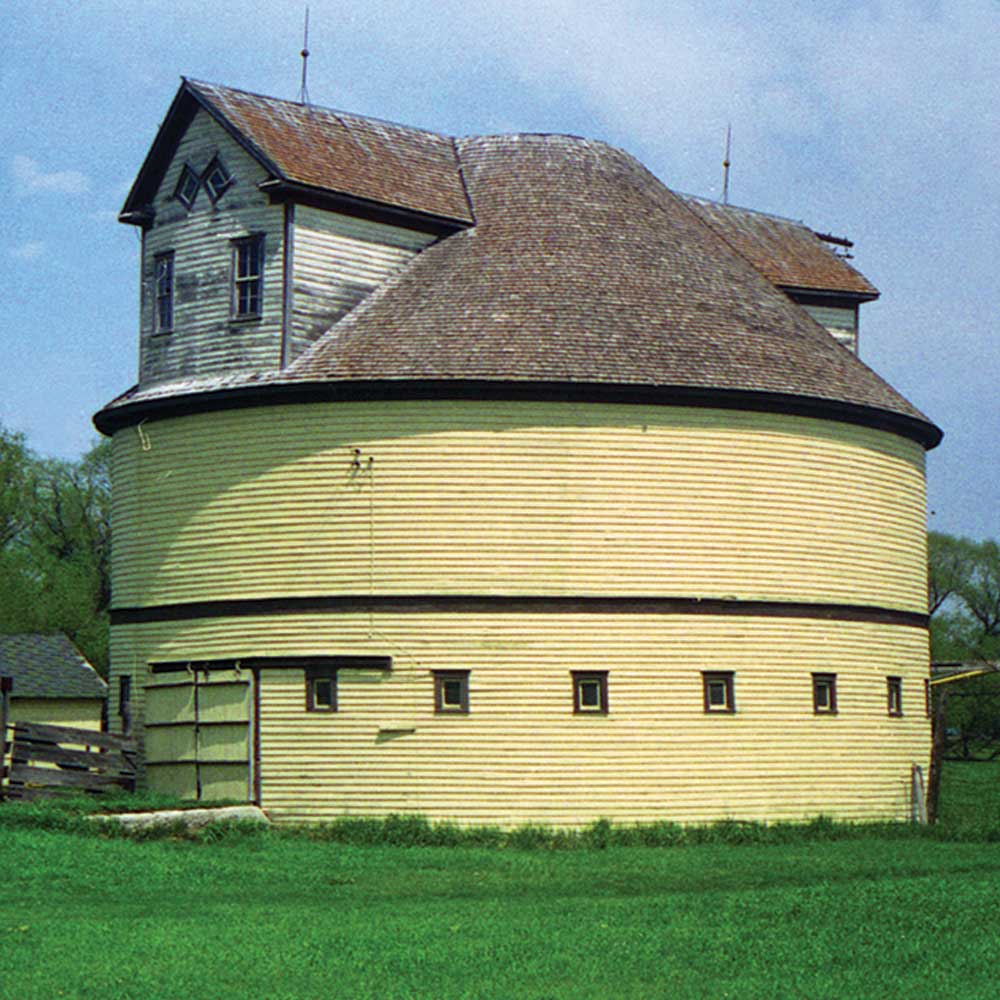
(j) Northwood
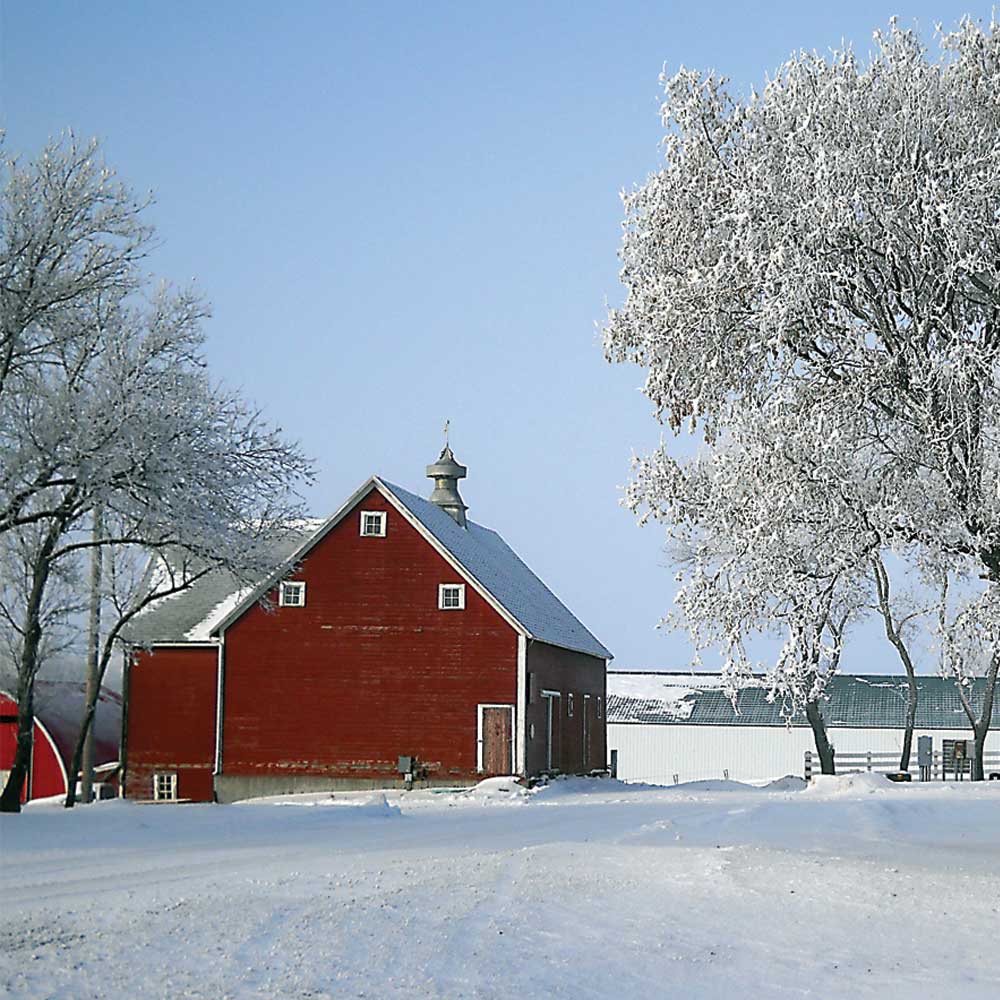
(k) Michigan
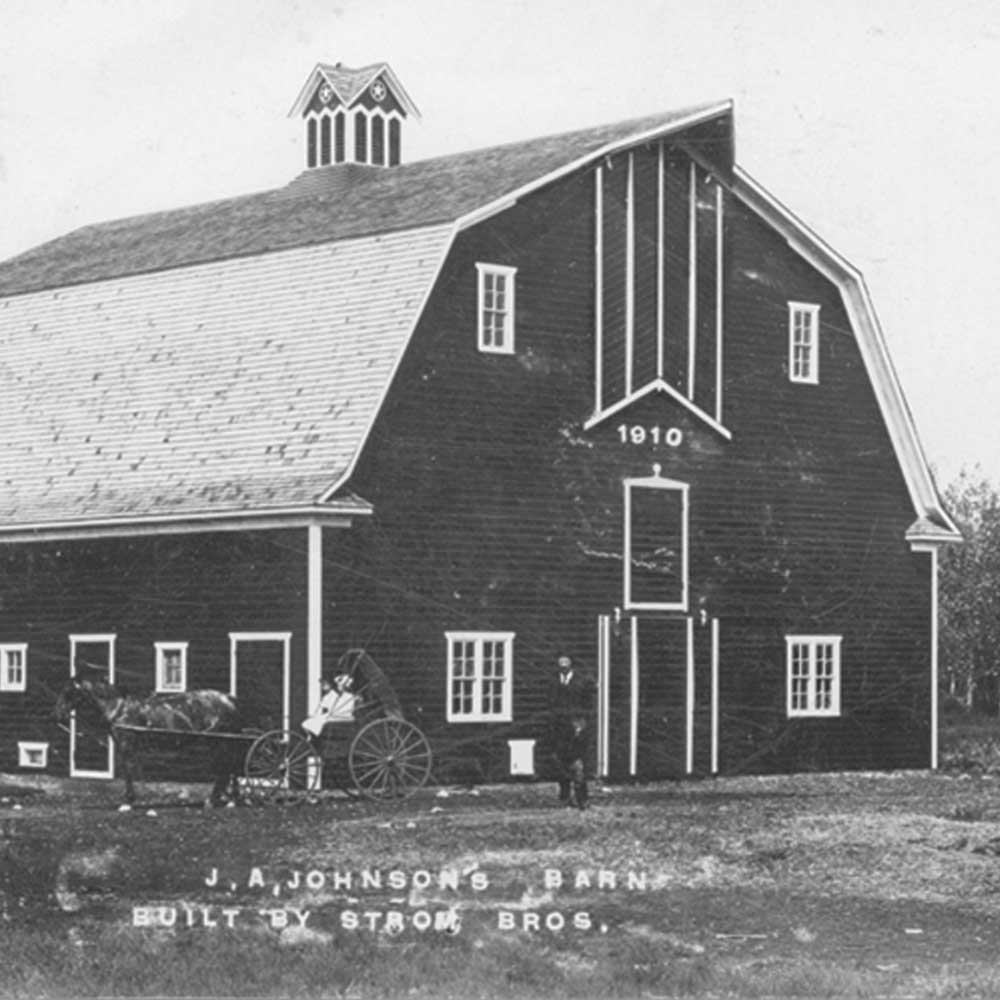
(l) Manfred
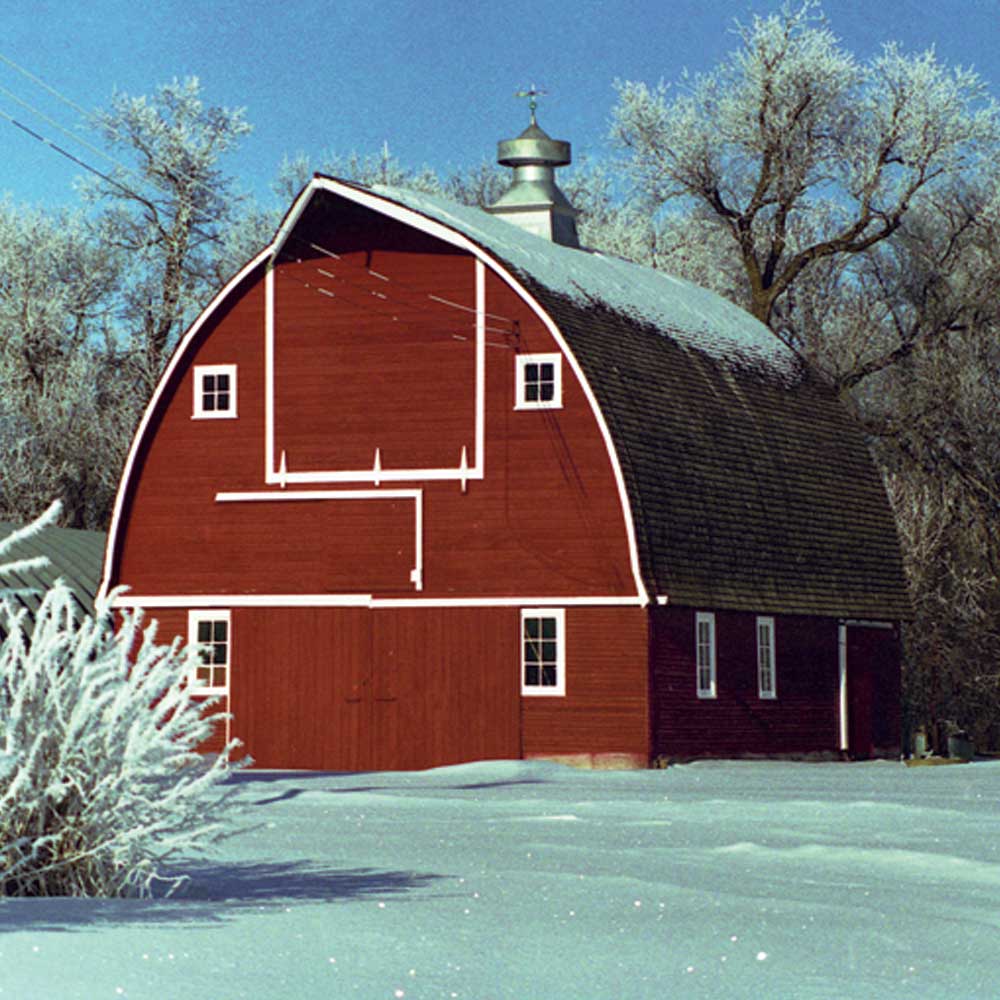
(m) McCanna
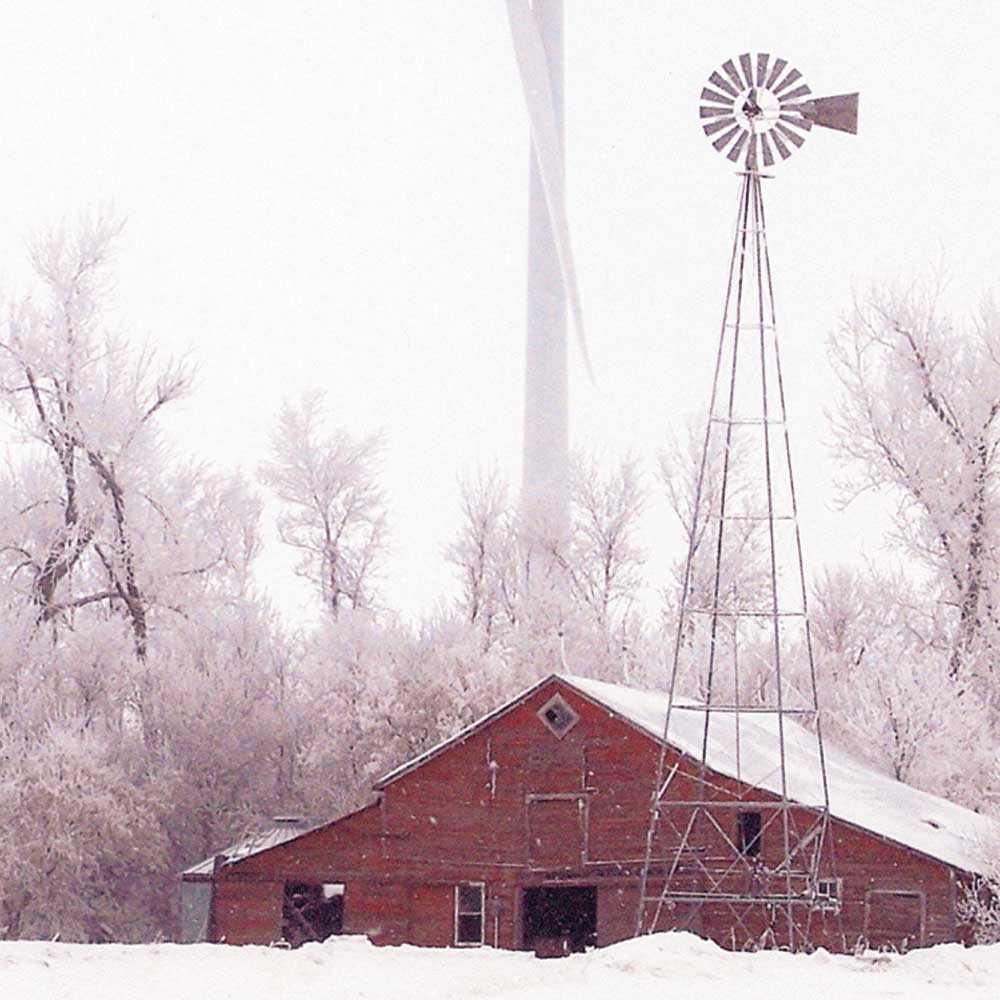
(n) Langdon
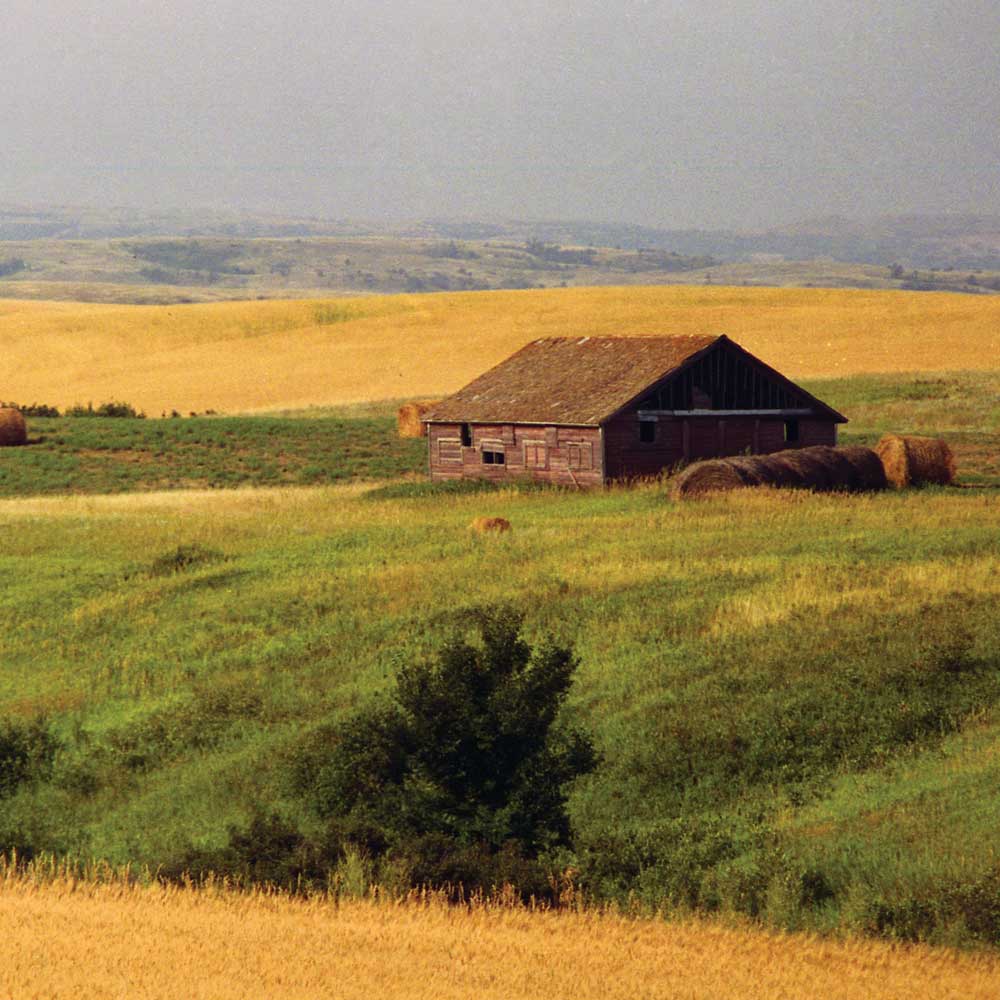
(o) Watford City
Figures 122 a–o. Barns shown shown are from rural areas near: (a) Larimore, (b) Fargo-NDSU horse barn, (c) Dunseith, (d) McVille, (e) Minnewaukan, (f) Minot, (g) Velva, (h) Jamestown-State Hospital, (i) Oakes, (j) Northwood, (k) Michigan, (l) Manfred, (m) McCanna, (n) Langdon, (o) and Watford City. (The barns at Minnewaukan, McVille, McCanna, Michigan, Minot, Larimore, Northwood, Oakes, and Watford City courtesy of David Paukert, Paukert Photography; the NDSU horse barn and the barn at the State Hospital courtesy of the North Dakota Institute for Regional Studies, NDSU; the Dunseith and Velva barns courtesy of Neil Howe; the Manfred barn courtesy of Laverne Johnson; and the Langdon barn courtesy of Lorne Reimer, Cavalier, ND.)


